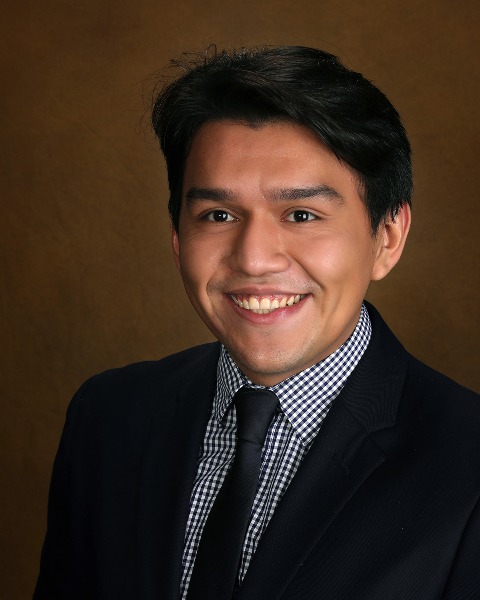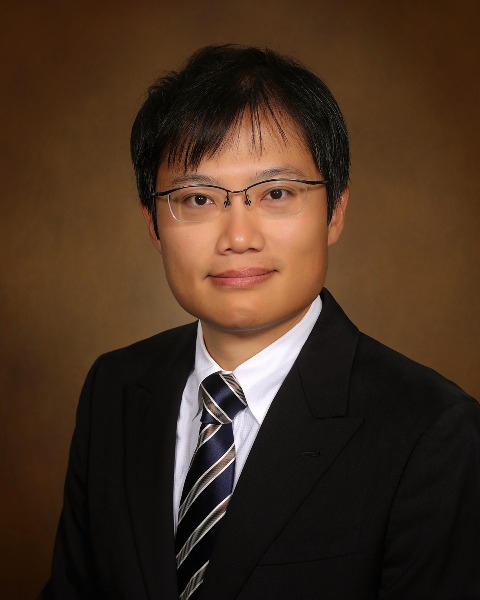Hepato-pancreato-biliary
E245: Determining risks of false negative nodal staging in pancreatic cancer following neoadjuvant therapy and surgery

Oskar Franklin, MD, PhD
Visiting Research Fellow
University of Colorado Anschutz Medical Campus, Department of Sugery, Division of Surgical Oncology
Englewood, Colorado, United States
Oskar Franklin, MD, PhD
Visiting Research Fellow
University of Colorado Anschutz Medical Campus, Department of Sugery, Division of Surgical Oncology
Englewood, Colorado, United States
Oskar Franklin, MD, PhD
Visiting Research Fellow
University of Colorado Anschutz Medical Campus, Department of Sugery, Division of Surgical Oncology
Englewood, Colorado, United States- ST
Samantha M. Thomas, MS
Principal Biostatistician
Duke Cancer Institute, United States 
Salvador Rodriguez Franco, MD (he/him/his)
Senior Research Associate
University of Colorado Anschutz Medical Campus
Aurora, Colorado, United States
Toshitaka Sugawara, MD, PhD
Research Fellow
University of Colorado Anschutz Medical Center, Department of Surgery, Division of Surgical Oncology
Denver, Colorado, United States- TS
Thomas F Stoop, MD
Visiting researcher
Division of Surgical Oncology, Department of Surgery, University of Colorado School of Medicine, Aurora, Colorado, USA, United States - AH
Asif Halimi, MD, FACS
Researcher
Department of Surgical and Perioperative Sciences, Umeå University, United States - TH
Terry Hyslop, PhD
Director of Center for Cancer Health Equity
Sidney Kimmel Cancer Center, Thomas Jefferson University, Philadelphia, Pennsylvania, United States - RS
Richard D. Schulick, MD, MBA
Chair of Surgery and Cancer Center Director
University of Colorado, Department of Surgery, United States - MD
Marco Del Chiaro, MD, PhD
Division Chief Surgical Oncology
University of Colorado Anschutz Medical Campus, United States
ePoster Abstract Author(s)
Submitter(s)
Author(s)
Adequate pathological lymph node staging after pancreatic cancer surgery depends on the number of examined regional lymph nodes. Examination of 12-15 lymph nodes is currently recommended after upfront surgery and it’s been speculated that less need to be examined following neoadjuvant therapy. This study aimed to assess how neoadjuvant therapies influence the risk of false negative pathological nodal staging.
Methods:
Patients with pathological (p)T1-T3 pancreatic adenocarcinoma (2010 – 2019) were identified in the National Cancer Database and grouped according to preoperative treatment strategy. A beta-binomial distribution model was used to estimate regional lymph node metastasis (N+) prevalence and the risk of false negative nodal staging.
Results: Some 30,998 patients were included: 14,540 were resected upfront (69.3% observed N+), 4,988 after neoadjuvant chemotherapy (NAC, 57.7% observed N+) and 3,030 after neoadjuvant chemoradiotherapy (NACRT, 34.4% observed N+). Accounting for the probability of false-negative examination, the estimated “true” N+ prevalence was 80.2% after upfront surgery, 69.2% after NAC and 45.1% after NACRT. The risk of incorrectly staging a patient as N0 was 30.9%, 27.0% and 13.3% respectively when the recommended minimum of 15 lymph nodes were examined. To reach < 10% probability of false negative staging, examination of 39 nodes after upfront surgery, 37 after NAC and 20 after NACRT were needed.
Conclusions:
The recommended examination of 15 lymph nodes is associated with around 30% risk of false negative nodal staging for patients treated with upfront surgery or NAC, but to a lesser extent after NACRT. By accounting for perioperative treatment, number of examined nodes and pT stage, precise negative predictive values can be estimated, which can be useful for prognostication, adjuvant therapy decision-making and clinical trial stratification.
Learning Objectives:
- Upon completion, participant will be able to describe the prevalence of lymph node metastasis in pancreatic cancer
- Upon completion, participant will be able to question current recommendations for sufficient lymph node examination
- Upon completion, participant will be able to determine exact risk of false negative staging
